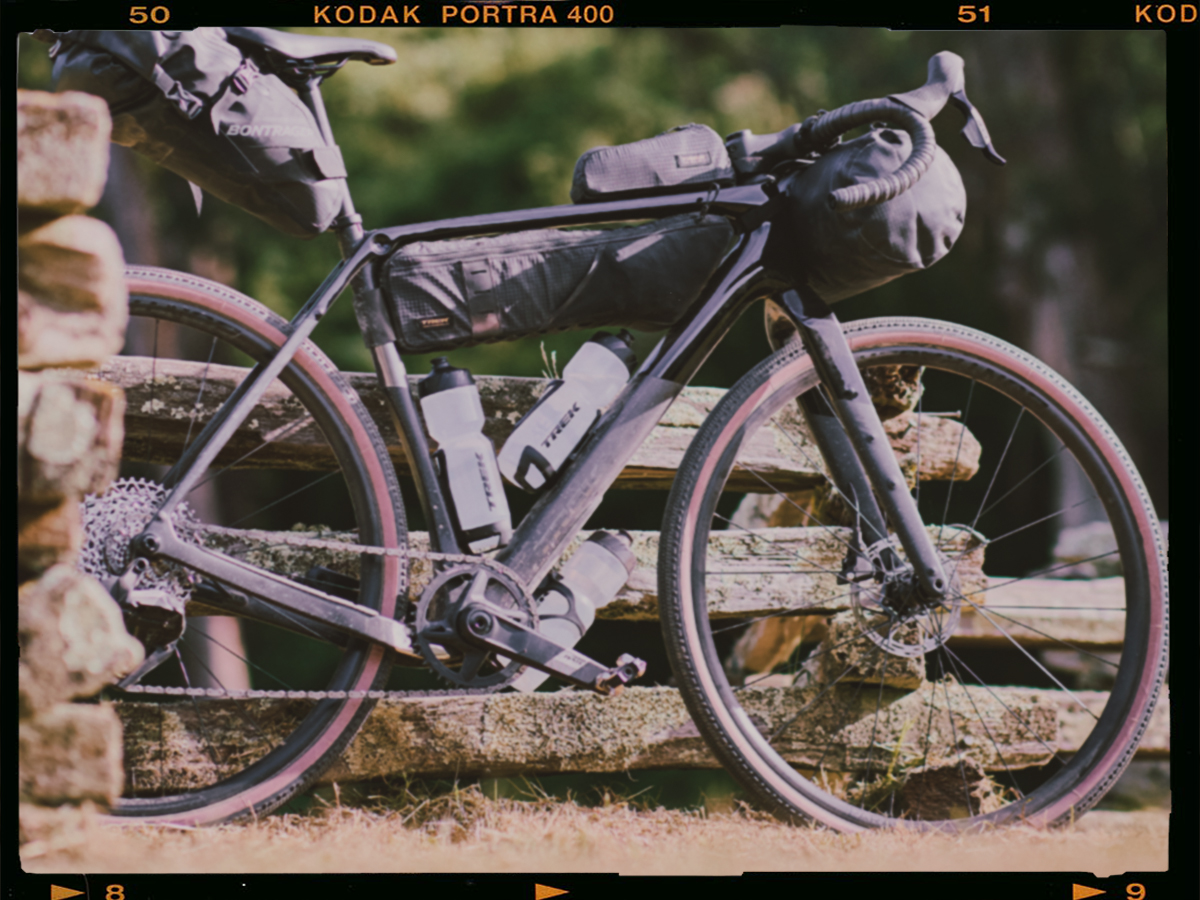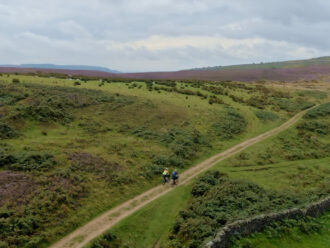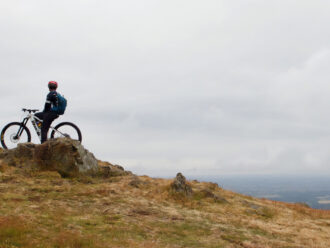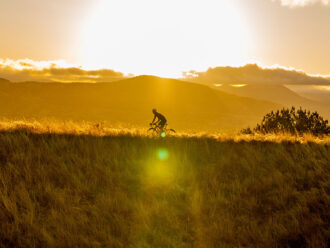Guy Kesteven | How to Plan as Gravel Ride Gravel is the fastest-growing way to enjoy your bike because there are so many possibilities in where and how you can ride. Because it’s mostly traffic free and super social it’s welcoming for a broad range of riders too. So much choice can make it hard to plan though, so our Trek experts have done the perfect gravel ride thinking for you.
What ride do you want?
The first thing to do is work out what you want from your ride. Is there a specific destination or area you want to visit? A particular trail or route on your to-do list? Do you have a defined distance/time in mind? Can you tick off two or more of those ideas in the same ride? Or will visiting that spot or taking that trail, push you over distance or time?
If it’s a group ride organise a WhatsApp planning chat or meet up for a coffee/pint so everyone can throw their ideas and knowledge into the hat. If it helps, write all the ideas on separate bits of paper and see which one keeps coming out as a favourite. Then at least if there isn’t an obvious favourite you can throw them all in a helmet and pick one randomly.
On a mission
Now you’ve got an objective, you need to work out the route to get there and back. Again gravel riding gives you a lot more enjoyable options than a pure road or off-road route so work out all the possibilities and then start refining your plan.
There’s a lot to think about here too. How fast will you travel on different surfaces? Will recent weather or current wind conditions change that? How hilly is that route? Is everybody in the group OK with the technical level of the terrain or the amount of climbing? Is it the right ratio of different riding types to keep everyone happy?
How many stops do you want and do you prefer a posh cafe or a country pub or are you OK with a fast gas station refuel? Are you into adding history, scenery or nature highlights wherever possible?
Do you want a guaranteed result or are you prepared to give a new route a go and see what happens? Is it wise to have shorter, easier options in case of an issue or is your riding group a ‘we’ll get it done whatever happens’ sort of crew?
As we say, “There are a ton of questions and while you don’t have to answer them all before setting off the more aspects you’re aware of, the closer you’ll get to your ideal ride.”
App or map?
Route planning and ride guide apps and websites have certainly made curating your ideal gravel ride a lot easier. Facebook groups for specific trails or gravel riding forums are a great source of up-to-the-minute information on conditions and local facilities too. Strava heat maps can be useful for showing the most popular routes and checking out likely ride times. Checking segments can alert you to sections that might look lovely on a map but have names like “Death by 1000 Thorns” or “Lung Buster Climb” for good reason.
You’re always relying on someone else’s experiences and assessment though and not every online route is a winner. That’s why we love to get old-fashioned with a proper map (or at least mapping software) to get the full potential picture of where your bike can take you. Besides, unfolding a big map just has awesome explorer vibes right?
Stay safe and legal
Wherever you are in the world (even Scotland) there are some places where you can’t go so be sure to learn what access rights you have before you end up on the wrong end of being on private land such as farms or a Rangers ticket book. The wilder you get, the more you need to take the weather into account with clothing choices as well as adding more spares and first aid kit/emergency gear just in case things go bad. While you can ride a lot on a gravel bike, the further you are from help the more you need to think about safety rather than going full send.
Top 5 ride planning hacks
- Plan group rides so everyone can enjoy them.
- Be sure your route is safe and legal yourself. Don’t trust ride apps or unverified advice.
- Make the halfway stop further than halfway because you’ll always go slower later in the day.
- Include extra time for unseen delays and have shortcuts ready too. Chasing the clock is stressful for everyone and you can always add on extra bits if you’re ahead of schedule.
- If there are going to be headwinds or tough terrain put them at the start of the ride if you can.
Planning a gravel ride is not just about logistics; it’s about embarking on an adventure that offers physical challenges and a profound connection with nature. By following these top tips and utilising the resources available, you can create unforgettable gravel riding experiences that will leave you yearning for more.

About the Author: Trek
Our mission: we build only products we love, provide incredible hospitality to our customers, and change the world by getting more people on bikes.





